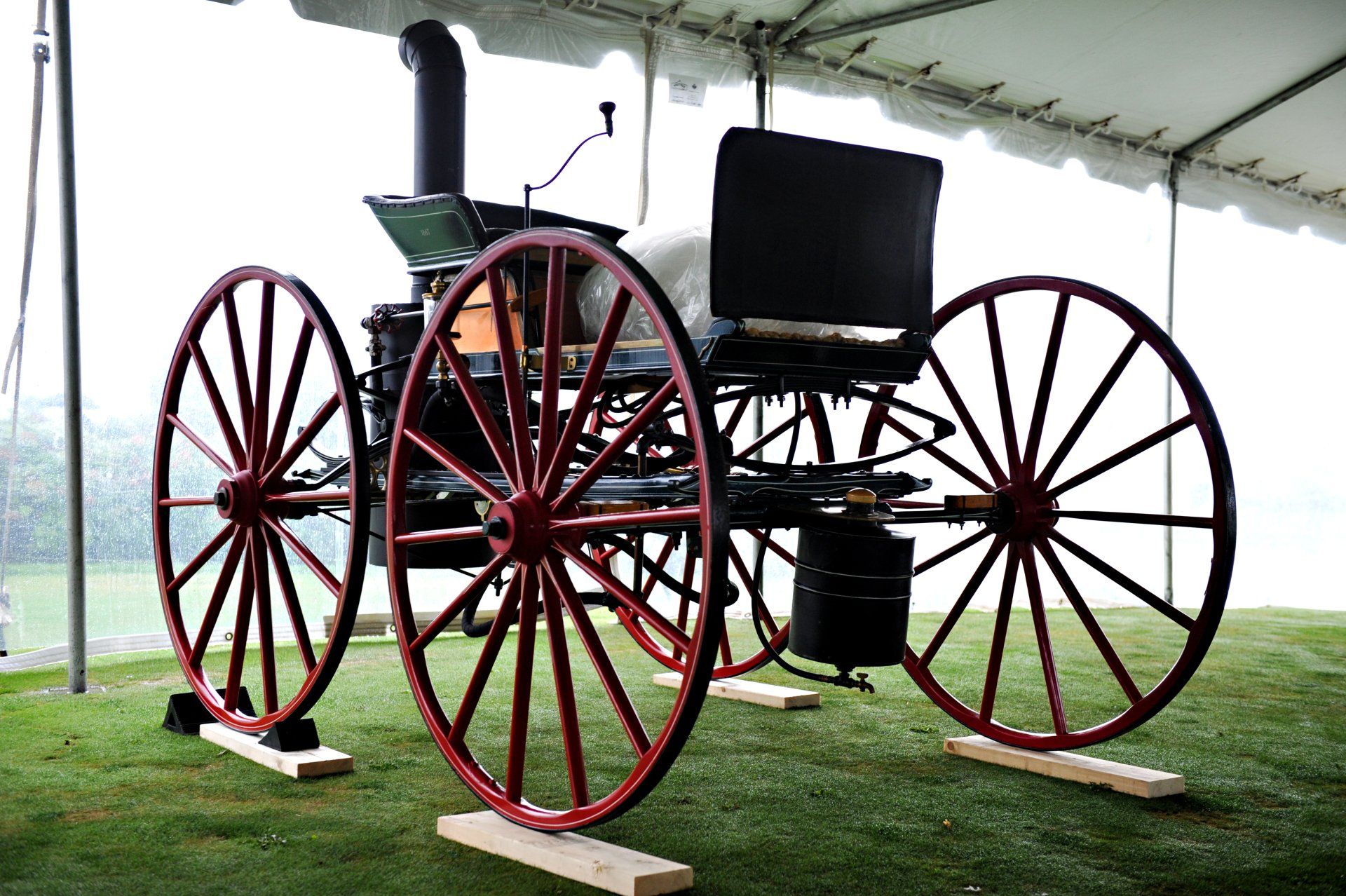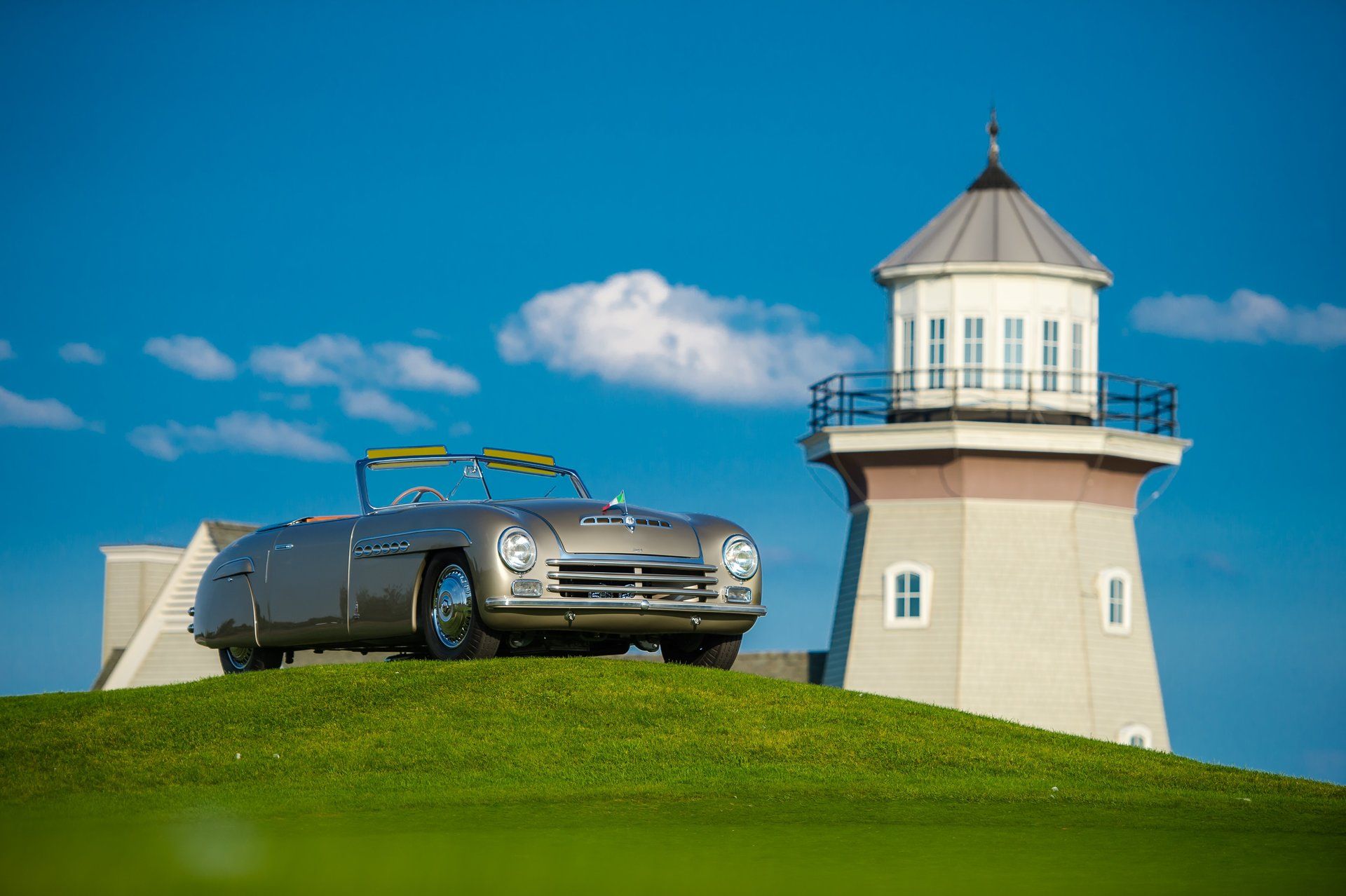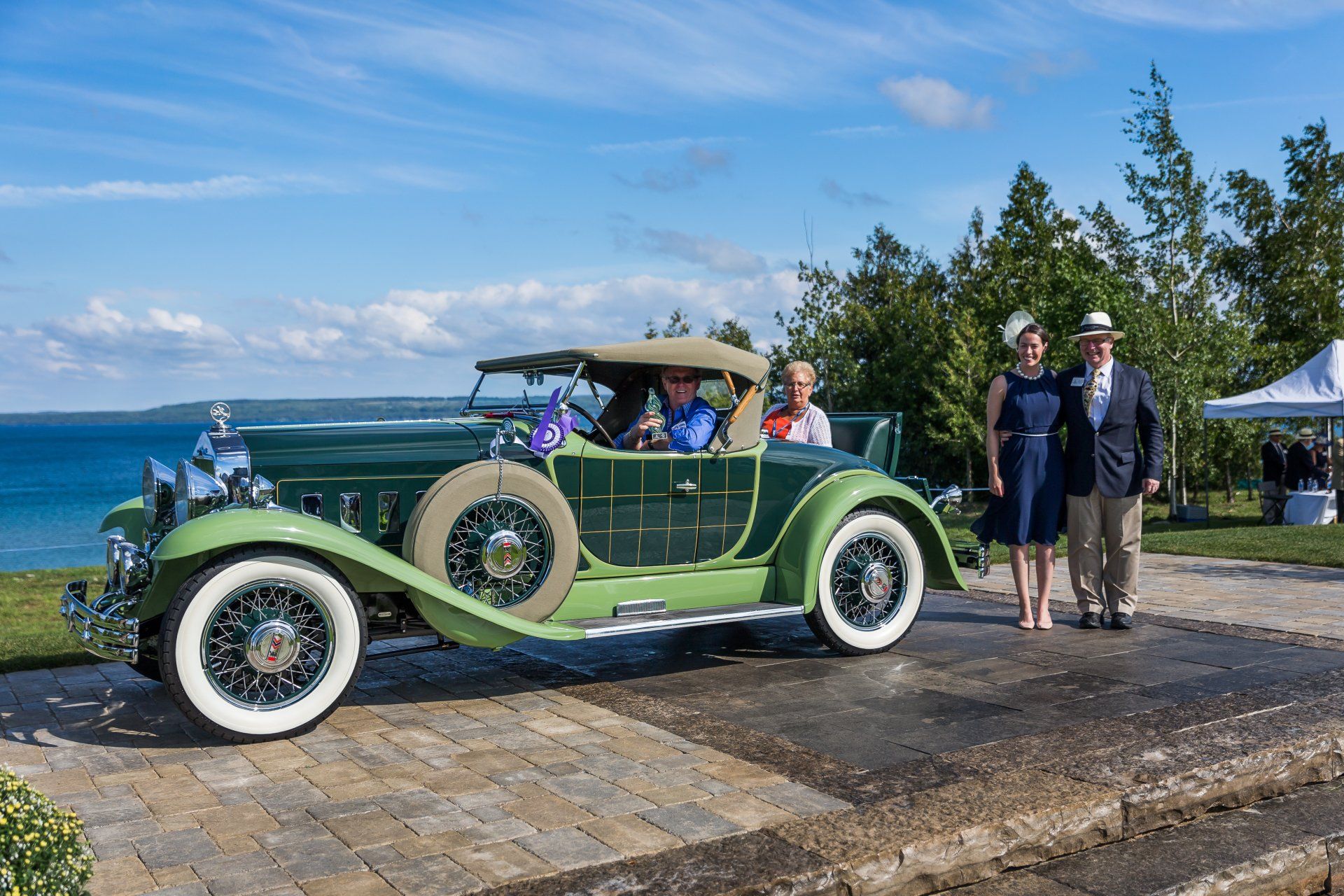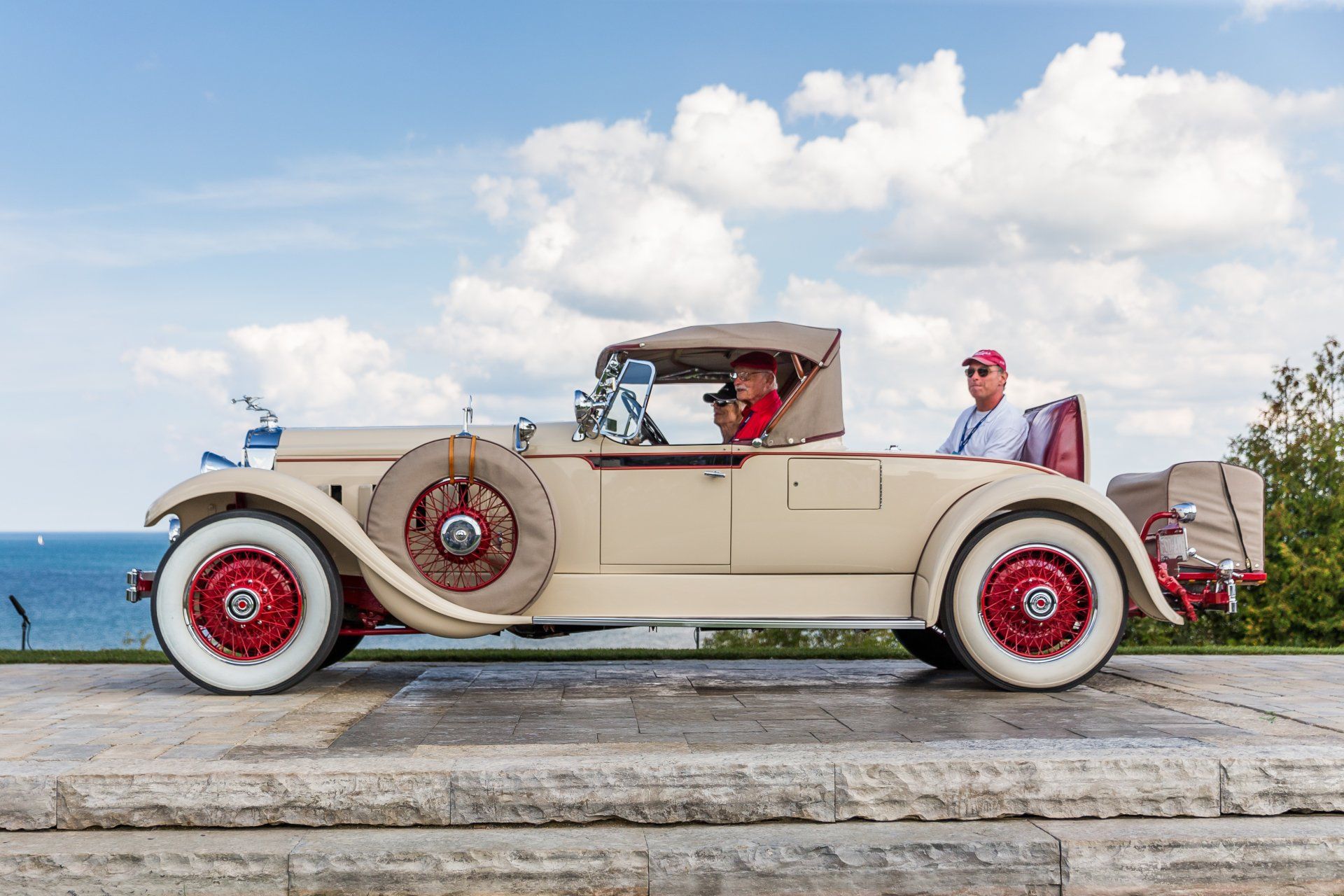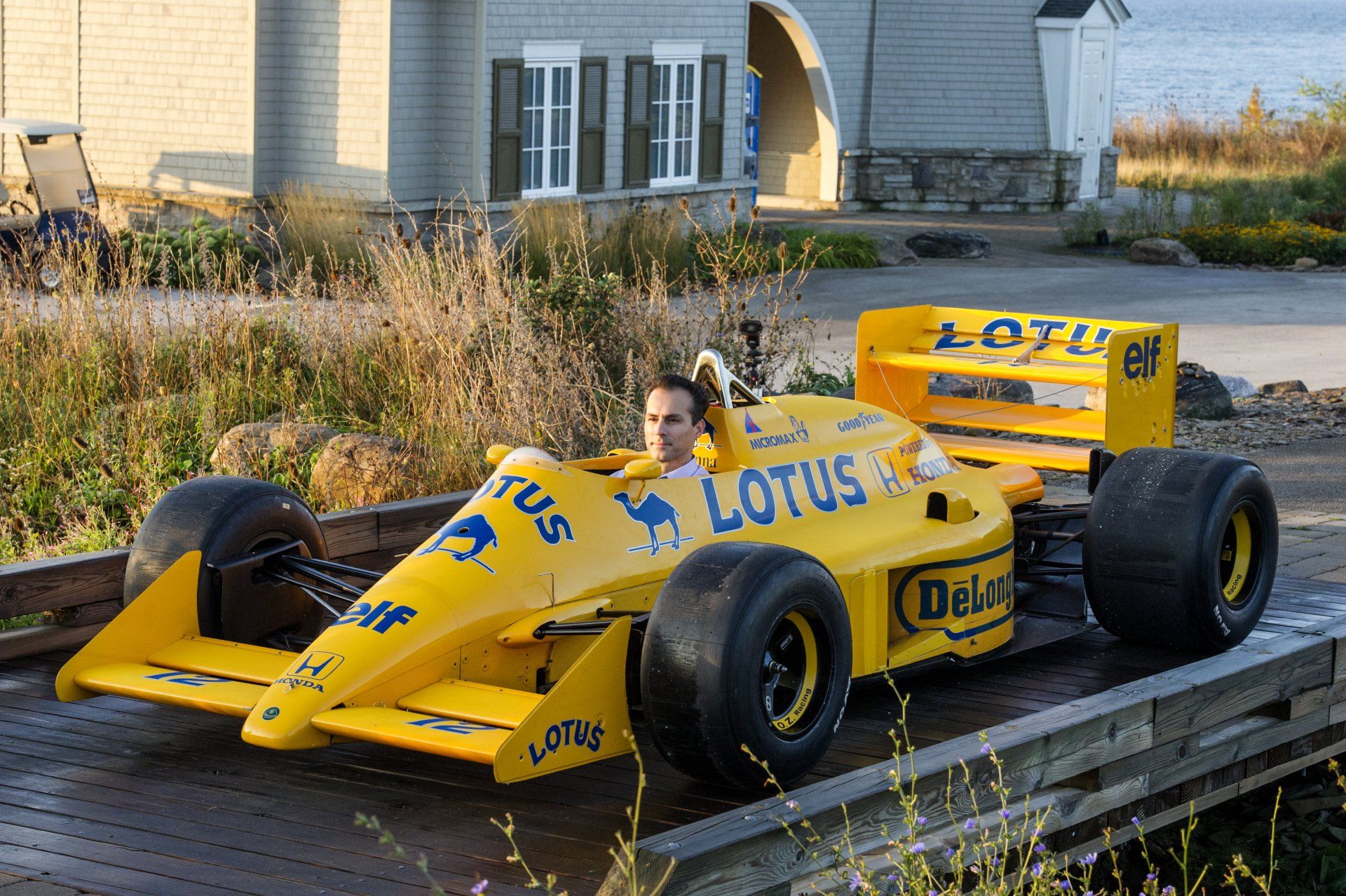1932 Cadillac V12 Model 370B Sport Phaeton Body by Fisher
Flashback to one of our 2015 participants
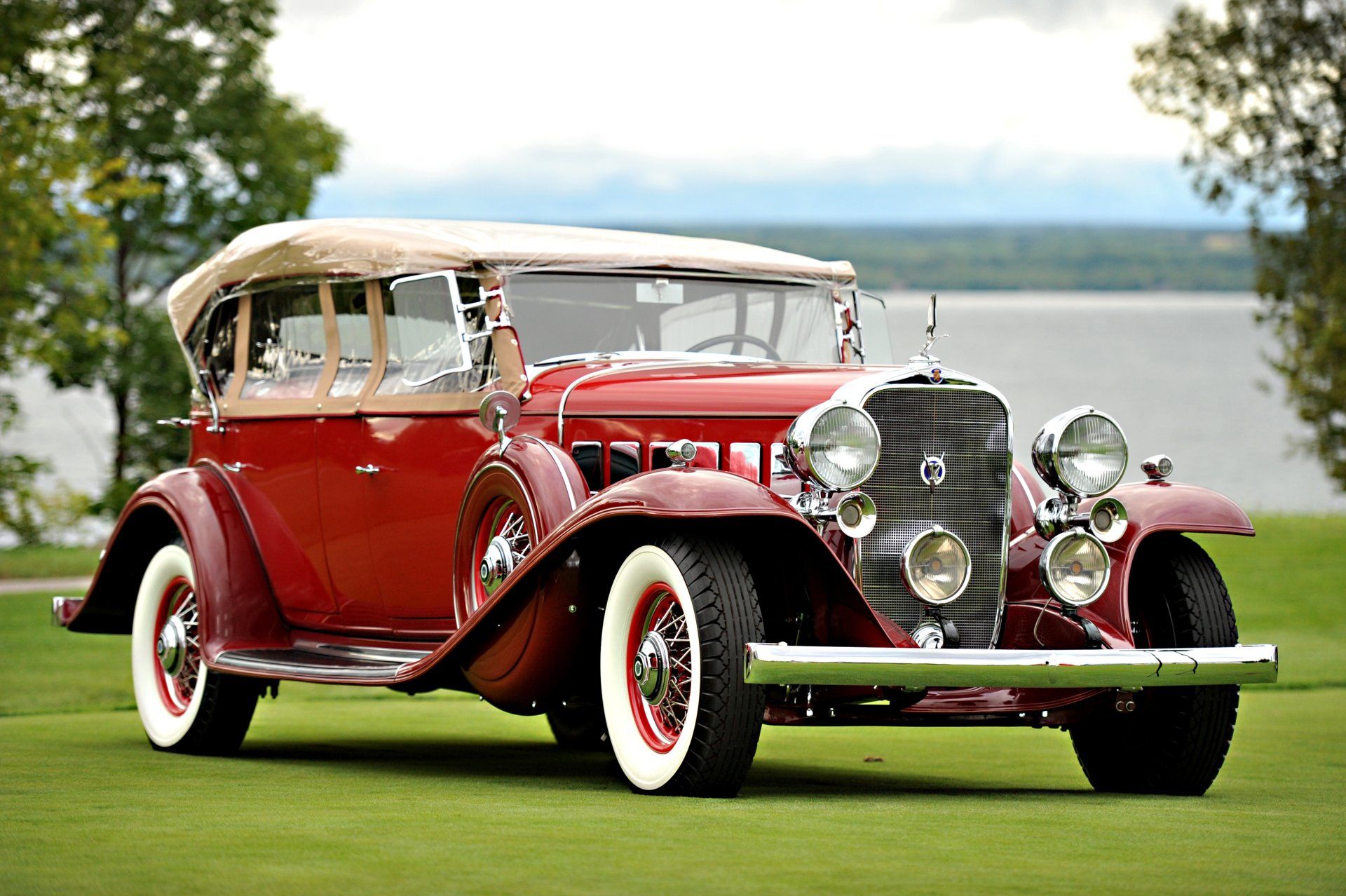
Cadillac built thirteen 12-cylinder Sport Phaetons in 1932, according to an article by Carl L. Steig, past president of the Cadillac LaSalle Club, Inc. Approximately three survive. This particular car is body number 5 (32-12-279 #5), chassis number 13-1135, engine number 1301125, and has been authenticated via the original build sheet, as personally researched for the owner by Greg Wallace, curator of the Cadillac Museum. The interesting history of this car includes ownership by Thomas Cadillac of Los Angeles, California. The car was the flagship of their collection and was featured in the promotional materials for their museum. The ’32 was originally restored in the early 1970s, according to former employees. It was then used for various events such as the Rose Bowl Parade in Pasadena, California. When Thomas Cadillac closed its doors, the car was auctioned off, and found two successive owners before its current one. Mr. Plunkett acquired this Cadillac in January 2002, and has extensively restored the vehicle. Accessories include dual side mounts with metal covers and mirrors; wind wings; new side curtains; and a top boot. Included in the many special features of this vehicle are high-speed gears and a well-designed electric fuel pump system for touring. The car has both a restored power brake booster and a vacuum-operated clutch, which are usually missing from most cars! It was shown for the first time at the CCCA Grand Classic in Fort Worth, Texas on October 23, 2004, where it received a first place award and 100 points. Mr. Plunkett has toured the car around some 100 miles and it drives flawlessly.
